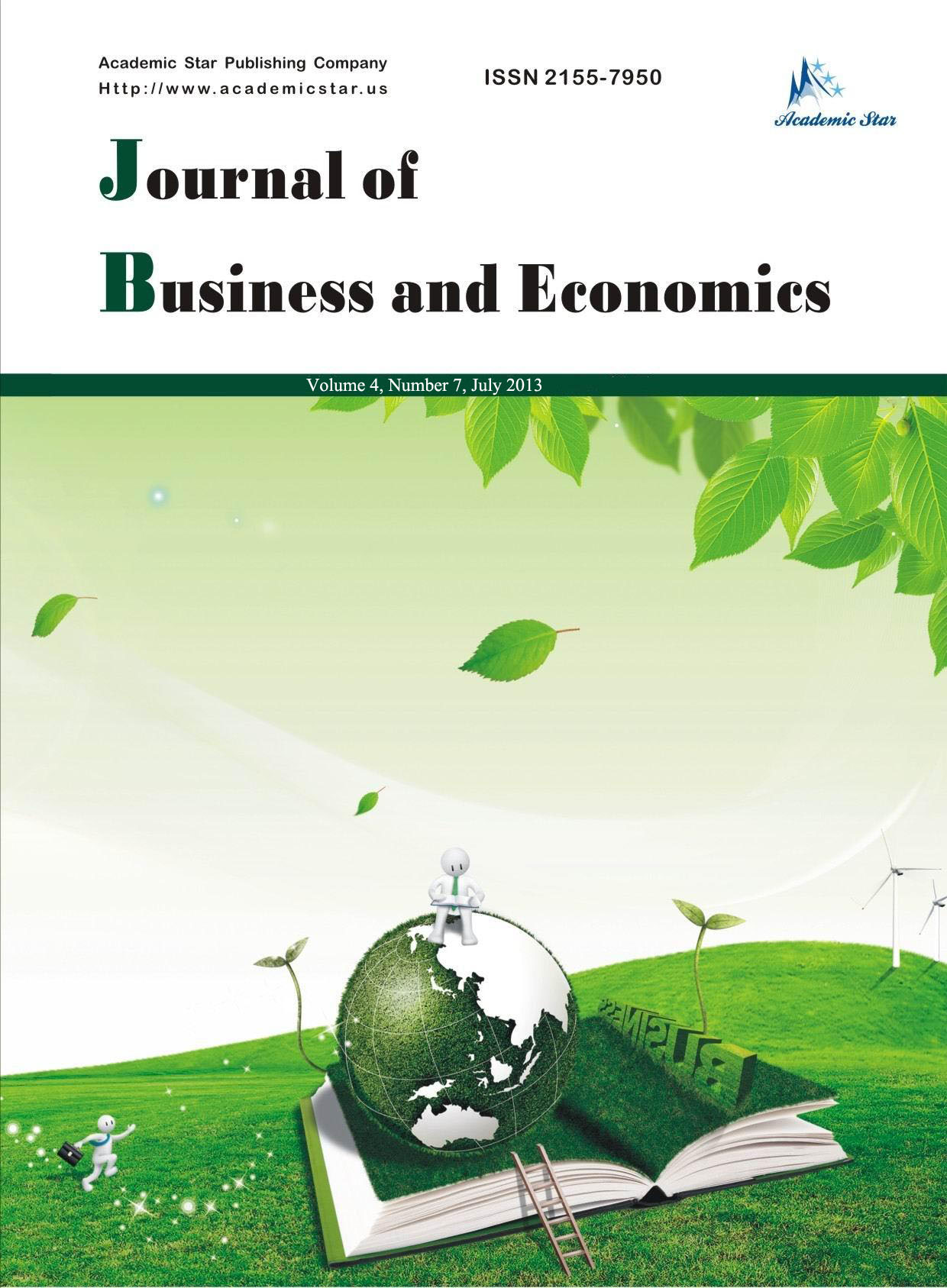
- ISSN: 2155-7950
- Journal of Business and Economics
From a Vulnerable Spatial System to the Paradigm of a Resilient Spatial System: The Cases of Emsher Valley, Germany and Val-de-Sambre, Belgium
Jérémy Cenci 1,2, Jean-Alexandre Pouleur3, Vincent Becue1
(1.Department of Projects, Town, Territory, Faculty of Architecture and Urban Planning, Mons University, Mons, Belgium;
2. Geography and Planning Research and Teaching Unit, Lille University, Villeneuve d’Ascq, France;
3. Department of Architecture and Society, Faculty of Architecture and Urban Planning, Mons University, Mons, Belgium)
Abstract: Post-industrial territorial vulnerability means that strategic decisions must be made in terms of rehabilitating, re-categorizing and/or demolishing existing structures, and this may target individual buildings, entire neighbourhoods, or even the zone as a whole. The research targets the issues involved in re-categorizing the derelict land in Val-de-Sambre on the Franco-Belgian border from the industrial period (1850-1950) to today, the aim being to change its image by incorporating the territorial resilience paradigm. For several decades now, the collective unconscious has viewed the area, symbolized by its two main urban centres (Charleroi and Maubeuge), as grim and shabby. Could resilience point the way to a future for the traditional industrial regions of Europe (régions européennes de tradition industrielle–R.E.T.I.)?
Keywords: brownfield sites; conversion; territorial resilience; vulnerability
JEL code: R58






